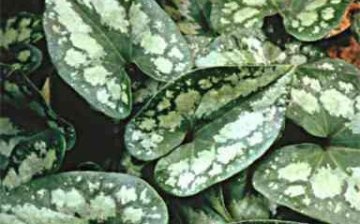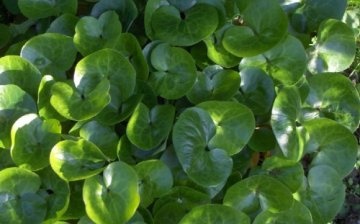The hoof in the photo. The nuances of growing it as a culture
Such a perennial ground cover and, moreover, an evergreen plant, like a clefthoof, can be seen in gardens extremely rarely. In Russia, out of 60 species of clefthoof existing in the world, only 3 species can be found, namely:
- Siebold's Hoof (Far East);
- intermediate (Caucasus);
- European (Russian European part, Western Siberia).
If you suddenly have a lucky chance to find a European clefthoof on sale, you can acquire it without hesitation, since it perfectly takes root in gardens and begins its slow growth there.
As a culture, it is best grown in partial shade, although it perfectly tolerates a fairly dense shade. This hoofed bird is not picky about the soil. However, nutritious soils and loose soils enriched with leafy humus contribute to its faster growth. The growth of the curtain is carried out due to the creeping rhizome, and the rooting of its shoots occurs in the nodes.
If the plant successfully takes root, then in May one can expect it to bloom with medium-sized flowers that fit in the axils of the leaves, which is demonstrated by the clefthoof in the photo. Having provided him with conditions in the garden, close to those of a forest, one can count on the creation of a stable and decorative ground cover that does not require practically any maintenance.










